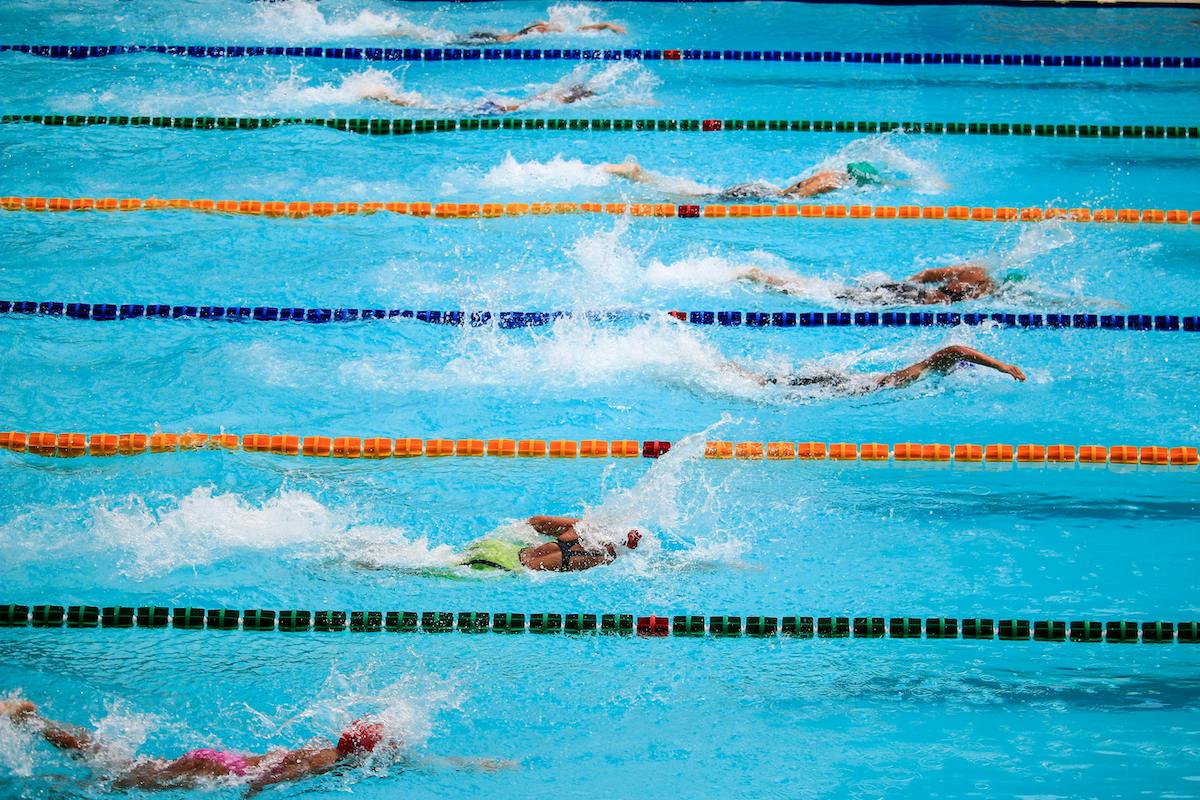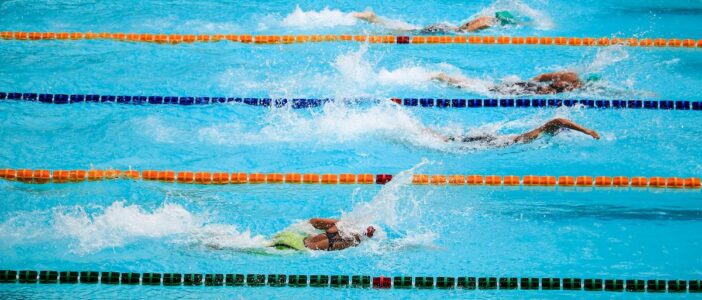Introduction
Competitive swimming is a thrilling and demanding sport that requires skill, dedication, and perseverance. From the exhilarating rush of diving into the water to the intense focus during training sessions, competitive swimmers epitomize athleticism and determination. Club swimming serves as the backbone of this competitive realm, providing opportunities for swimmers of all ages and skill levels to train, compete, and excel. In this article, we delve into the intricacies of competitive and club swimming, exploring the dynamics, benefits, and challenges of this aquatic pursuit.
The Essence of Competitive Swimming
Skill and Technique
Competitive swimming demands a mastery of various strokes, including freestyle, backstroke, breaststroke, and butterfly. Each stroke requires precise technique, efficient movement through the water, and impeccable timing. Swimmers spend countless hours refining their strokes, focusing on aspects such as body position, arm motion, kick technique, and breathing patterns. Achieving proficiency in these fundamental elements is essential for success in competitive swimming.
Training Regimen
Behind every exceptional swimmer is a rigorous training regimen designed to build strength, endurance, and speed. Training sessions typically include a combination of pool workouts, dryland exercises, and technique drills. Swimmers engage in interval training to improve cardiovascular fitness, sprint drills to enhance speed, and strength training to build power and muscle endurance. Coaches play a vital role in crafting individualized training plans tailored to each swimmer’s goals and abilities.
Mental Toughness
Competitive swimming is not just physically demanding; it also requires mental fortitude and resilience. Swimmers must learn to cope with pressure, overcome setbacks, and stay focused amidst distractions. Mental skills such as visualization, goal-setting, and positive self-talk are essential for maintaining confidence and composure during races. Developing mental toughness is an ongoing process that complements the physical aspects of training and competition.
The Role of Club Swimming
Accessible Opportunities
Club swimming programs provide accessible opportunities for individuals of all ages to participate in organized swimming activities. Whether you’re a novice looking to learn basic strokes or an experienced competitor aiming for national championships, there’s a club for you. Club teams typically offer various training groups based on skill level, allowing swimmers to progress at their own pace and pursue their athletic aspirations.
Community and Camaraderie
Club swimming fosters a sense of community and camaraderie among athletes, coaches, and families. Swimmers form lasting friendships with teammates who share their passion for the sport. Together, they celebrate victories, support each other through challenges, and create cherished memories both in and out of the pool. The supportive environment of a club team cultivates a sense of belonging and unity among its members.
Development Pathways
Club swimming serves as a vital development pathway for aspiring competitive swimmers. Talented young athletes can progress through the ranks of club programs, advancing from novice levels to elite competition. Club coaches provide guidance, mentorship, and technical instruction to help swimmers reach their full potential. Many successful Olympians and collegiate swimmers trace their roots back to club swimming, highlighting its significance in talent identification and development.
Challenges and Opportunities
Time Commitment
Competitive swimming requires a significant time commitment, with daily training sessions, weekend competitions, and travel obligations. Balancing academic or professional responsibilities with the demands of swimming can be challenging for student-athletes and working adults alike. Effective time management skills are essential for maintaining a healthy balance between swimming and other aspects of life.
Financial Considerations
Participating in club swimming can entail substantial financial expenses, including membership fees, equipment costs, travel expenses, and meet entry fees. For families with multiple swimmers or limited financial resources, these expenses can pose a barrier to participation. Some clubs offer financial aid or fundraising opportunities to mitigate costs and ensure access for all interested athletes.
Injury Risk
Like any sport, swimming carries a risk of injury, particularly overuse injuries affecting the shoulders, knees, and lower back. Swimmers may also experience muscle strains, tendonitis, or stress fractures due to the repetitive nature of training and competition. Proper warm-up, cooldown, and recovery protocols, along with attentive coaching and technique refinement, can help minimize the risk of injury and promote long-term athletic development.

